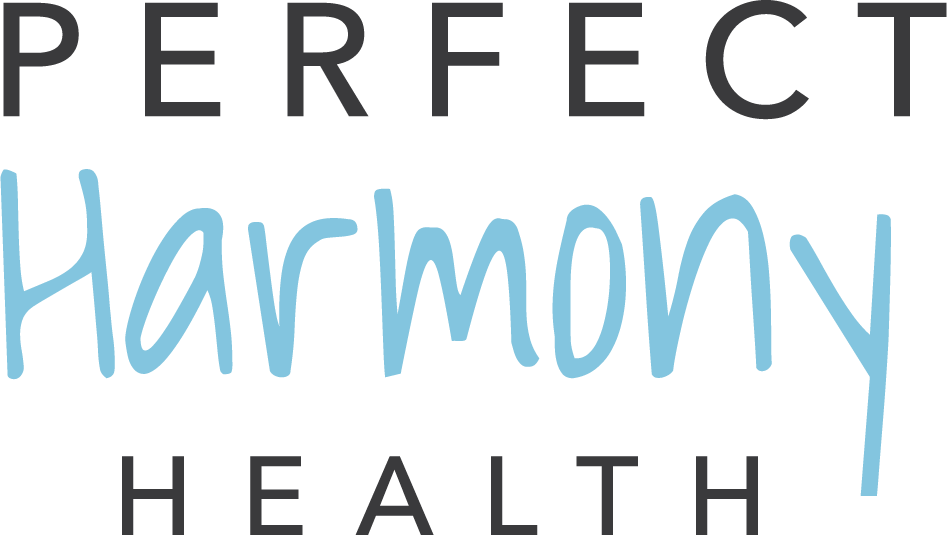A Letter for International Sign Language Day
On February 10th, 1995, I became a big sister for the first time. My little (now much bigger) bro, Jay, came into the world on his own terms and has pretty much been living that way ever since.
That day I was excited to be a big sister and to impart all my sisterly wisdom to my unsuspecting playmate, but the reality is that to this day, he has taught me far more.
After his birth, we learned that Jay was Deaf. A world that was completely unknown to my family of speakers and singers. I have to be honest in saying the weight of that didn’t sit with me much. My parents dealt with the emotional burdens parents do when they learn their child will have different challenges. But what I do remember is a box set of VHS tapes my parents brought home when they announced that, as a family, we were going to learn Sign Language. And so that's what we set out to do. Through videos, classes, and the most brutal teacher, my brother himself.
Communication is a fundamental part of the human experience and language by proxy. Knowing American Sign Language (ASL) has given me a tool I have used abundantly. ASL is about making symbols that represent objects and ideas, and one of the key elements is matching the expression on your face to the desired communication goal. We have all been confused when someone has said one thing with their mouth and something completely different with their face! Knowing how to use your nonverbal cues goes a long way in establishing relationships and communicating when spoken language is absent.
I work with a lot of different kinds of clients, and I have used ASL, or a version of it, with all of them! Sometimes I use it with kiddos who need a secondary source for expressing a want or a need. Sometimes I use it when a visual cue will reinforce what I am asking for and help a client get their brain/body moving. Other times I use it as a teaching tool for fine motor skills or for attention-training tasks. Most of the time, I use it because I forget that I am; it takes ‘talking with your hands’ to a whole new level.
So for this International Day of Sign Langauge during the International Week of the Deaf, I’d like to share one final way my brother impacted the direction of my career.
In the early 2000s, my brother was attending his elementary school, and the music teacher also happened to be the accompanist at our church and my personal piano teacher. Because Mrs. Brown believed in her student and knew the power of music, even for a kid who couldn’t hear, she made sure to include Jay in all her classes and shows. Jay was a staple in the rhythm sections because he could feel the tempo. She had him reading rhythms and playing roles and incorporating his Deaf world into the hearing one in which he lived. She gave our very musical family shared experiences. She gave my brother peer interaction and group ensemble experiences. What she believed in was my brother. What she might not have known are the endless annals of research that talk about the importance of group music experiences in early childhood, that it's where we learn crucial team building, work ethic, and executive functioning skills. That rhythm provided my brother's brain with functional information on which to organize his world and to participate in meaningful ways. Or that the memories would impact his big sister in big ways. So, thanks to Jay and Mrs. Brown for showing a young girl what it looked like to believe ‘where words fail, music speaks.’
Happy International Day of Sign Language,
Hannah


